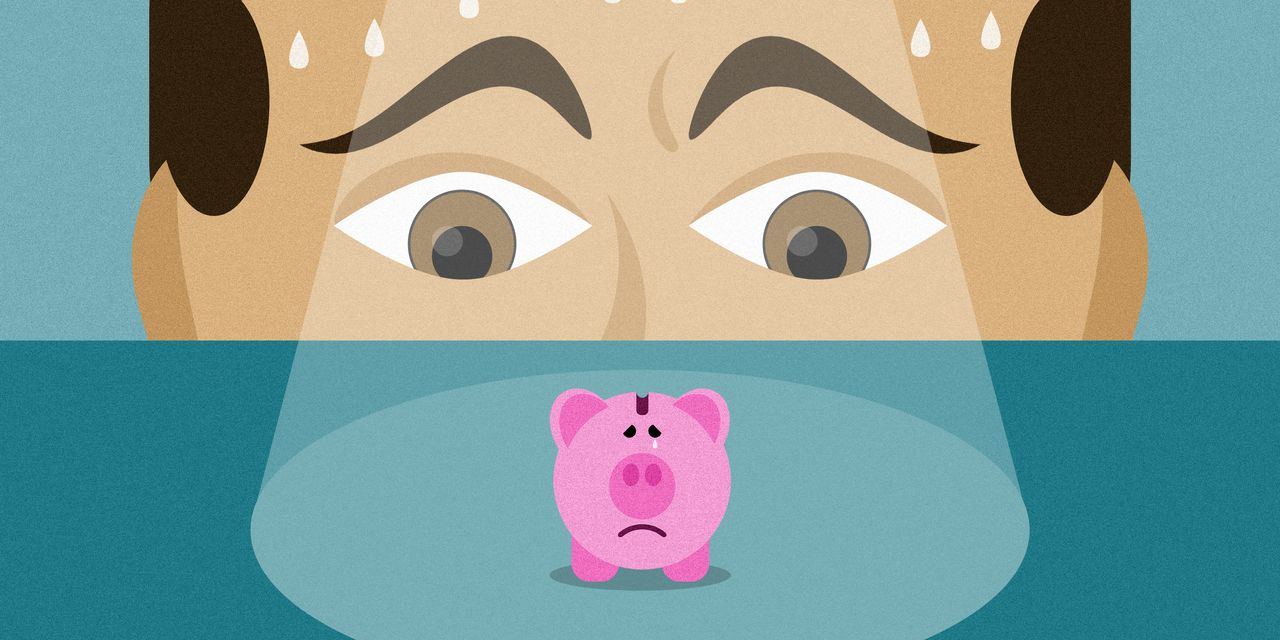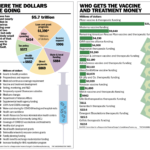
Interest rates are about to rise. Savers shouldn’t get their hopes up.
The Federal Reserve has signaled it will raise rates in March, the first in what is expected to be a series of increases this year. Higher rates usually mean bank customers stand to make more on their deposits. Not so this time.
Banks have little incentive to raise the interest they pay on deposits because they simply don’t need the money. Government stimulus plumped up Americans’ bank-account balances, and companies are flush with cash. Total deposits at U.S. commercial banks have swelled to about $18.1 trillion, up from about $13.3 trillion at the start of 2020.
SHARE YOUR THOUGHTS
How are you adjusting your portfolio for today’s markets? Join the conversation below.
Banks—which pocket the difference between what they charge borrowers and what they pay depositors—are expected to use the opportunity to breathe life into their bread-and-butter lending businesses. Profit margins from lending fell to new lows across the banking industry after the Fed cut rates to near zero in March 2020, during the onset of the Covid-19 pandemic.
The average rate on a savings account at the largest U.S. banks stood at roughly 0.06% at the end of last year, according to Bankrate.com. Many high-yield savings accounts, which offered 1.5% or more before rates headed toward zero in early 2020, now offer rates around 0.5%.
On fourth-quarter earnings calls last month, bank executives said those rates aren’t likely to move in tandem with Fed increases this time around.
The “overall rate paid will be lower in this next rising-rate cycle,” said Jenn LaClair, chief financial officer at Ally Financial Inc., which offers a high-yield savings account.
For deposit rates to rise, banks need to make more loans. Low rates coupled with lackluster demand from borrowers for much of the pandemic put deposits and loans out of whack. But that is starting to shift. Banks reported higher loan demand in the last three months of 2021, and most expect that trend to continue in 2022.
“You’re not going to see deposit rates jump with any sort of magnitude until banks have many more loans on the books than they do today,” said Pete Gilchrist, head of retail deposits and commercial banking at Curinos, a financial-services research firm.
Rising rates might nudge some deposit customers to move a chunk of their money into higher-yielding investments. That could prompt some banks to raise deposit rates.
Ryan Engle of Austin, Texas, opened a high-yield savings account with American Express Co. when it offered a rate of more than 1.5%. About a year later, he noticed that the rate had started to decline, on the way to its current 0.5%.
“At that point I realized that money was probably doing nothing, and I should probably do something with it,” Mr. Engle said. “But work got busy again so I was like, ‘You know what? At least it’s safe.’ ”
Mr. Engle said he plans to hand the savings over to a wealth manager to invest this year.
Write to Orla McCaffrey at [email protected]
Copyright ©2022 Dow Jones & Company, Inc. All Rights Reserved. 87990cbe856818d5eddac44c7b1cdeb8
Appeared in the February 10, 2022, print edition as ‘Deposit Rates Unlikely to Increase.’








